

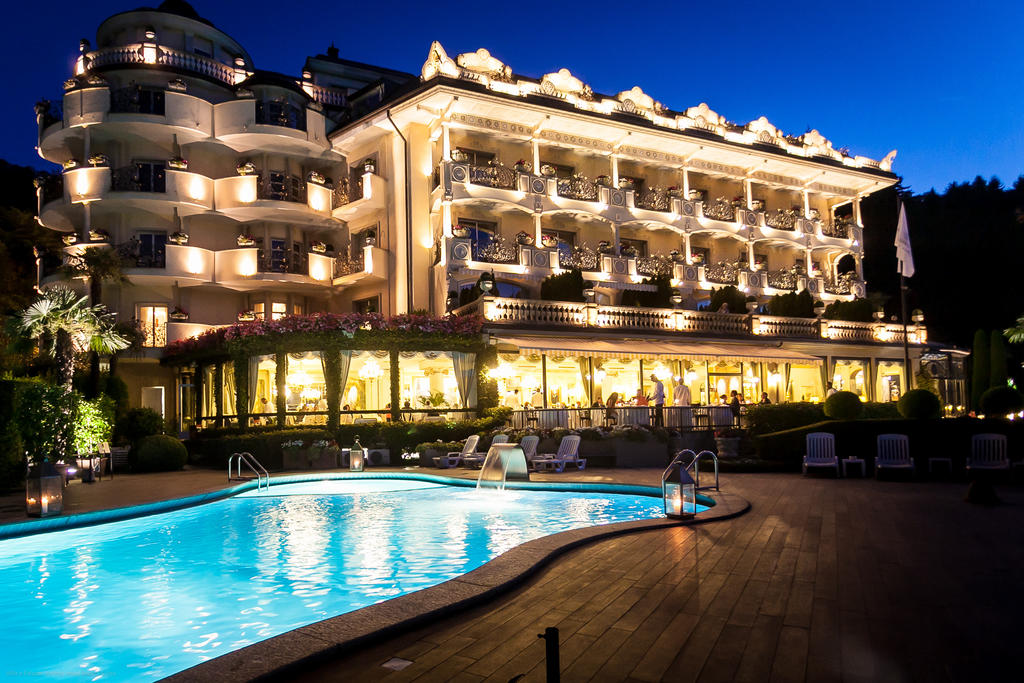



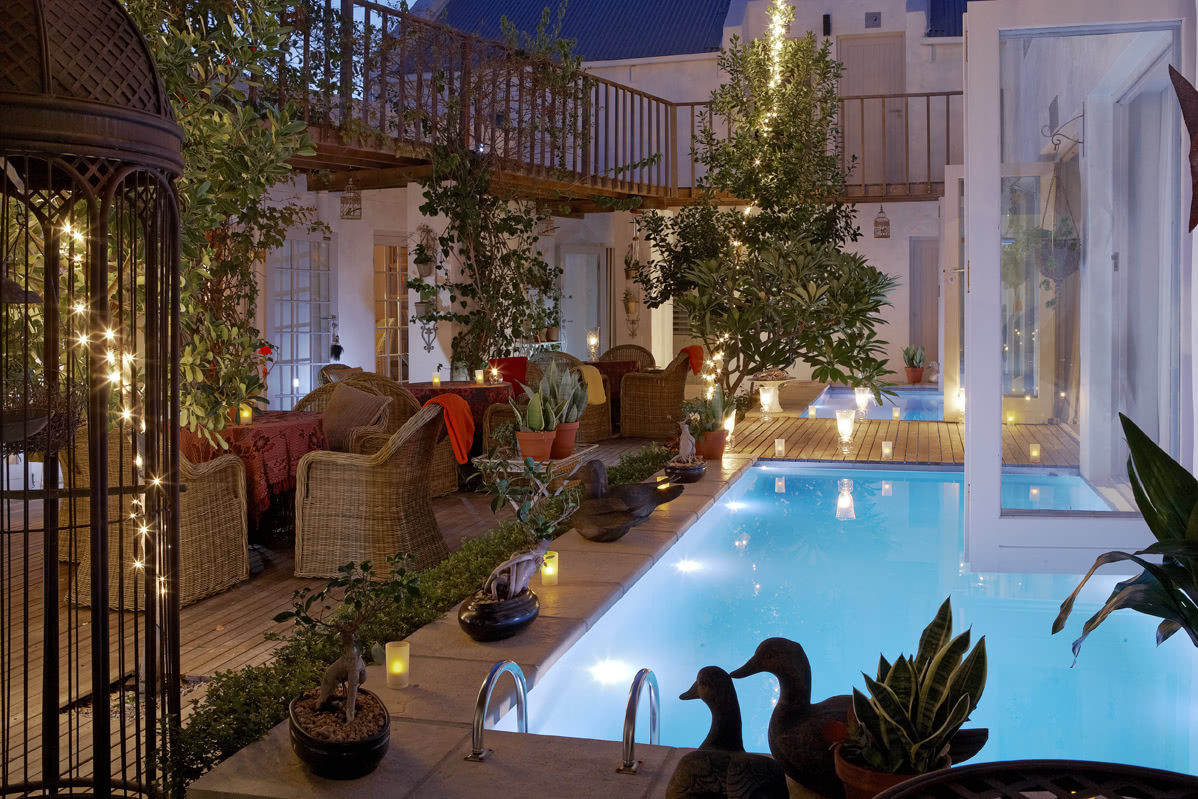
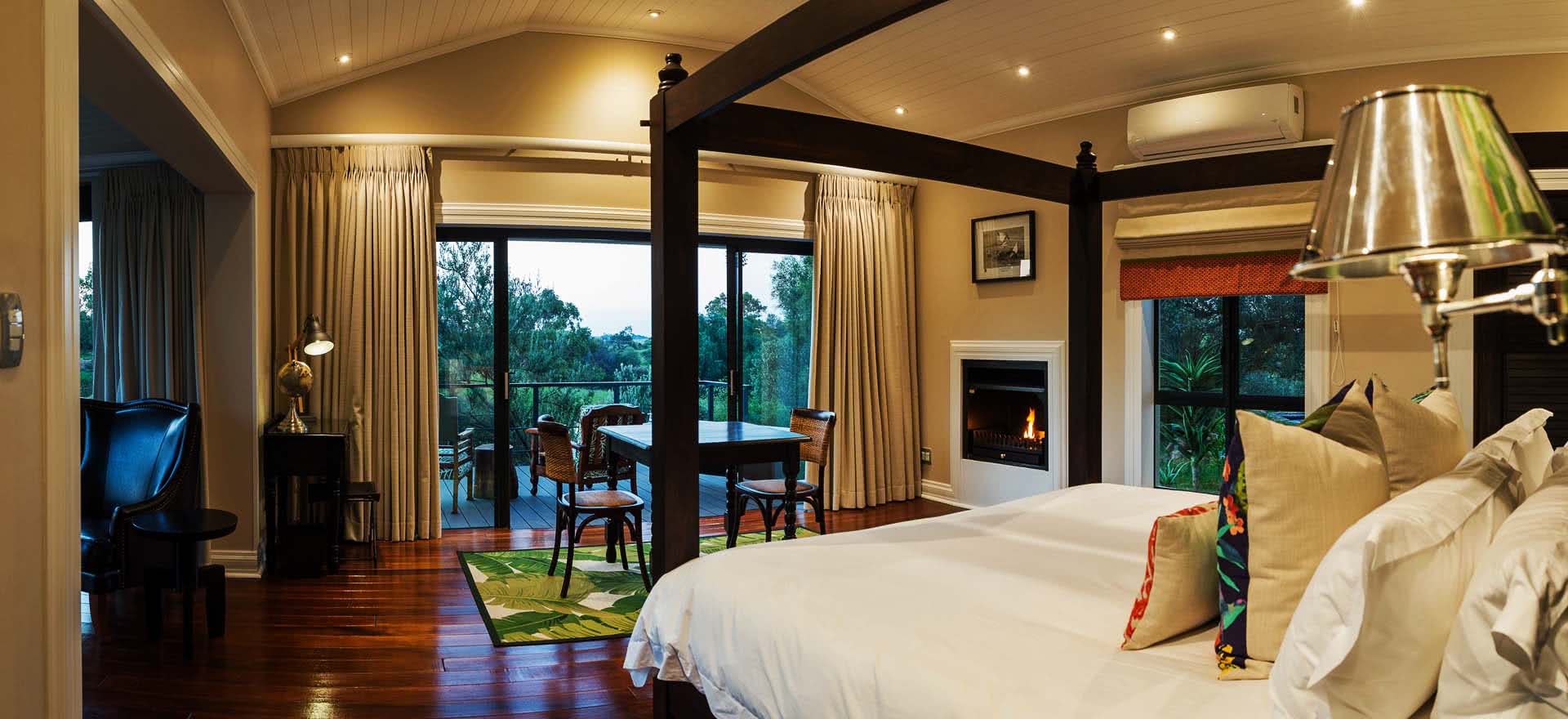
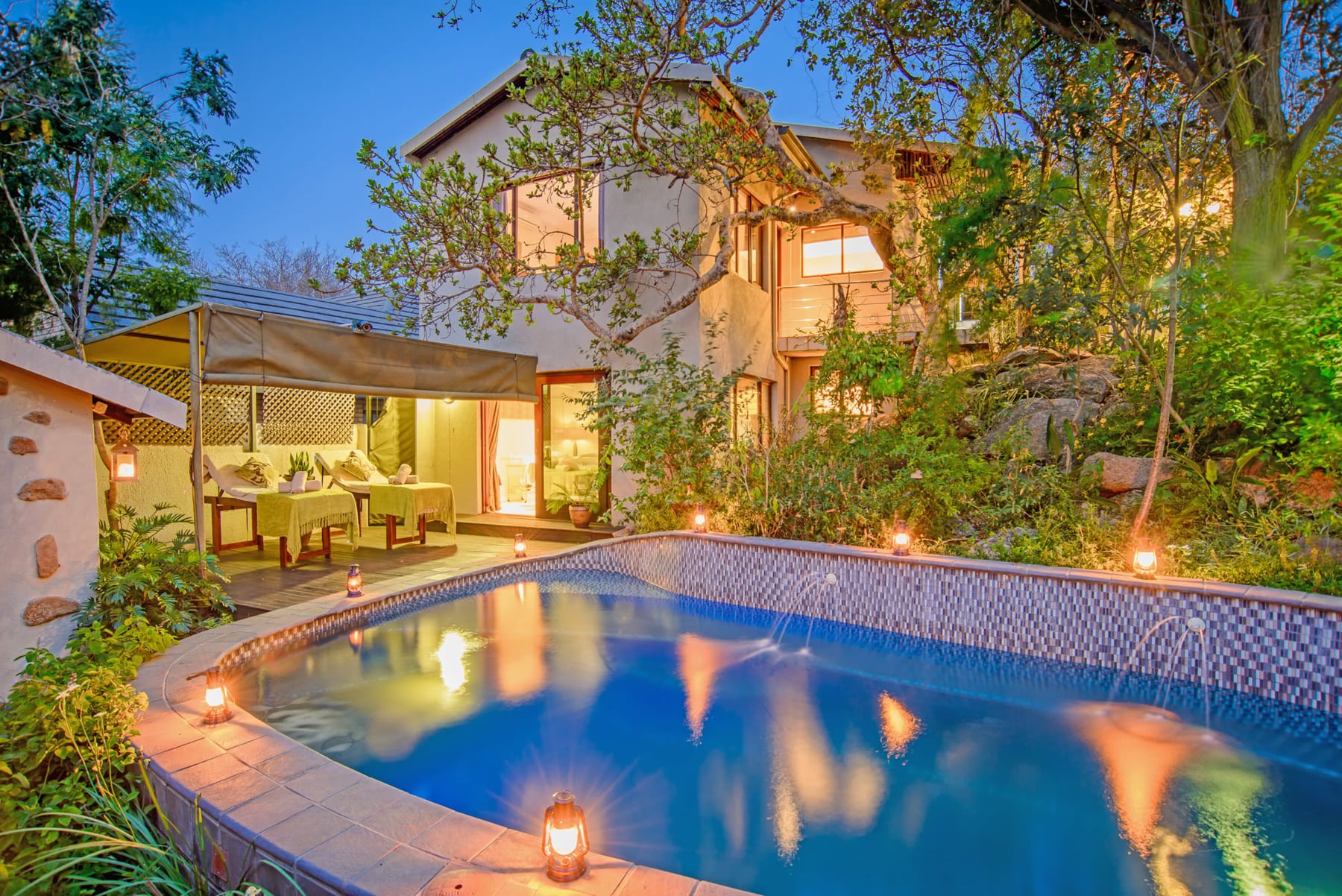




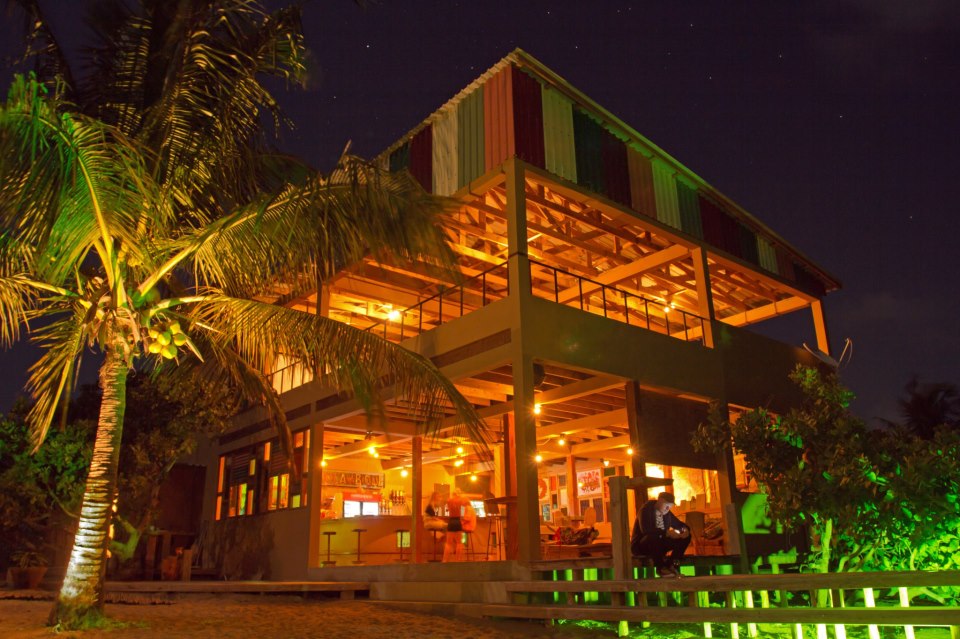




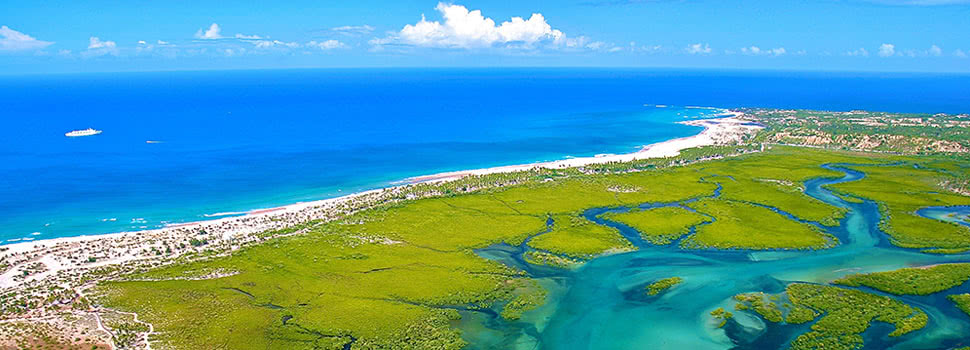
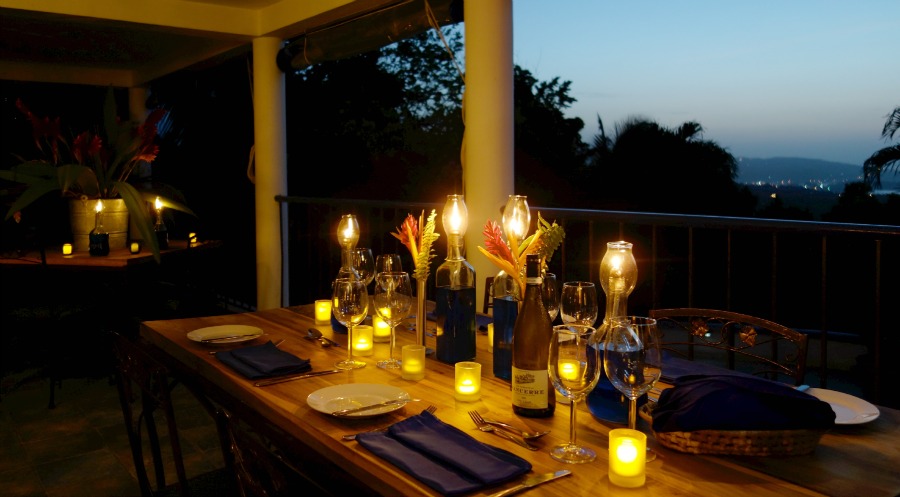



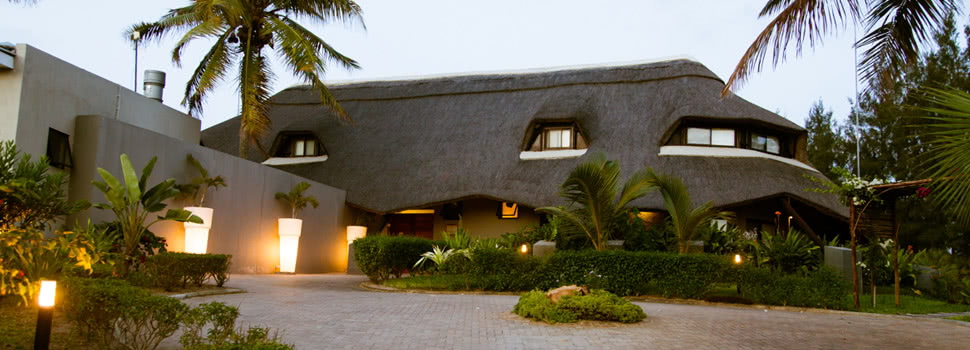



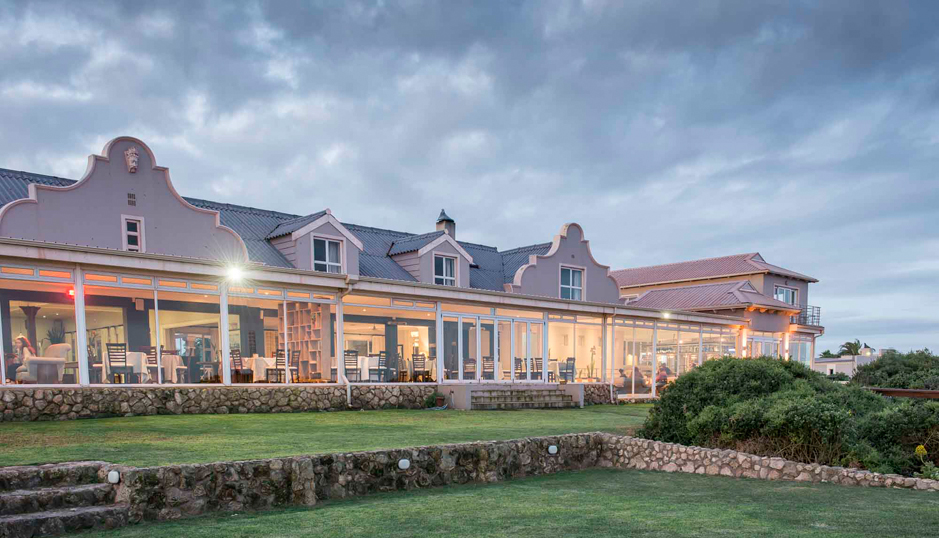


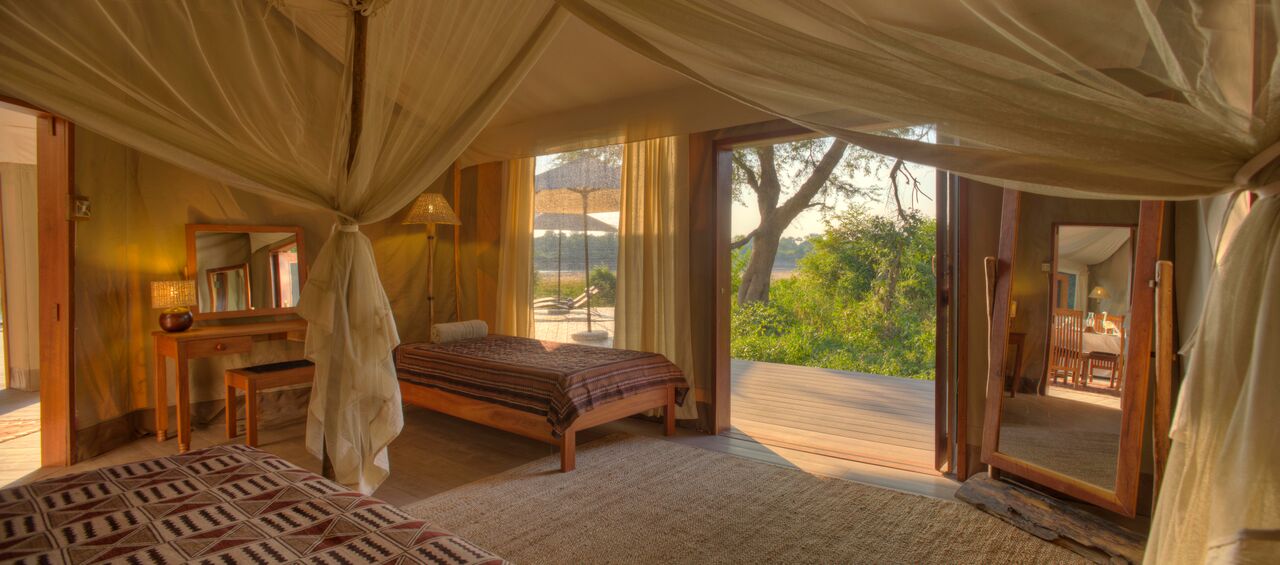


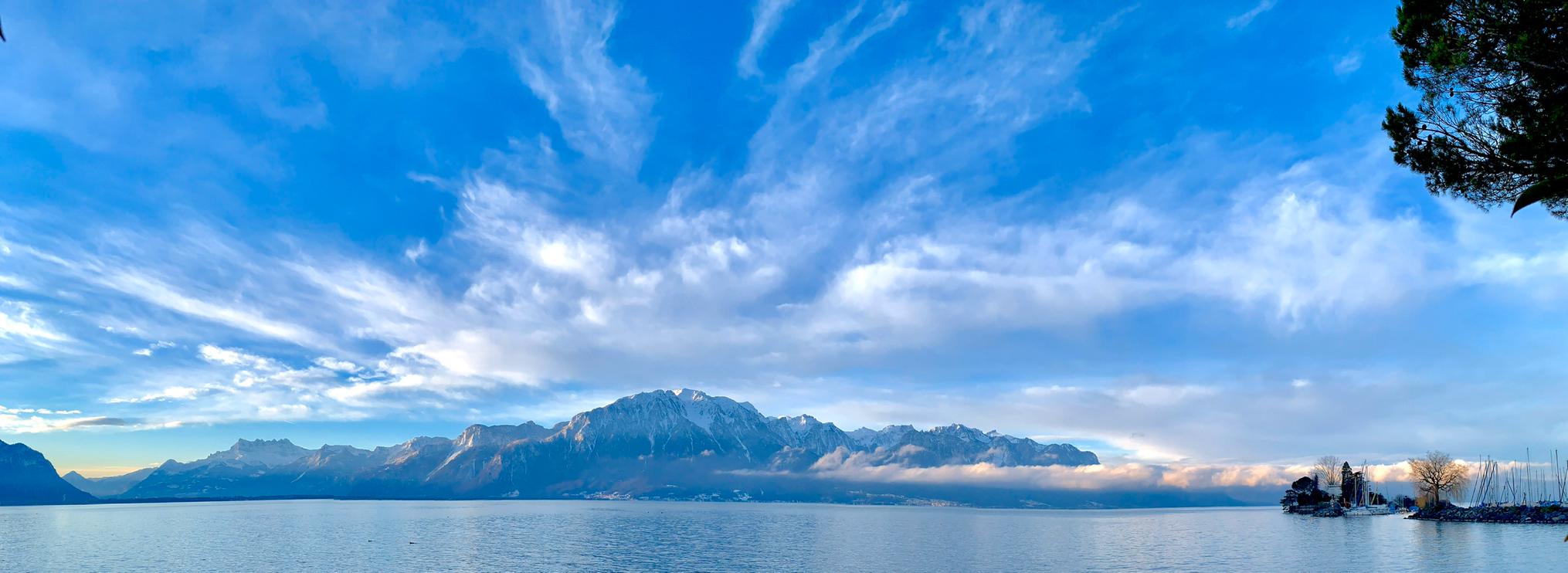


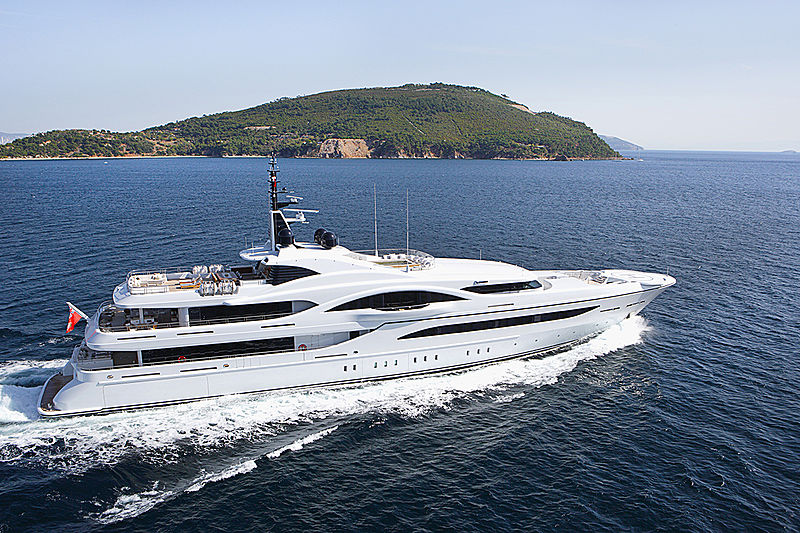














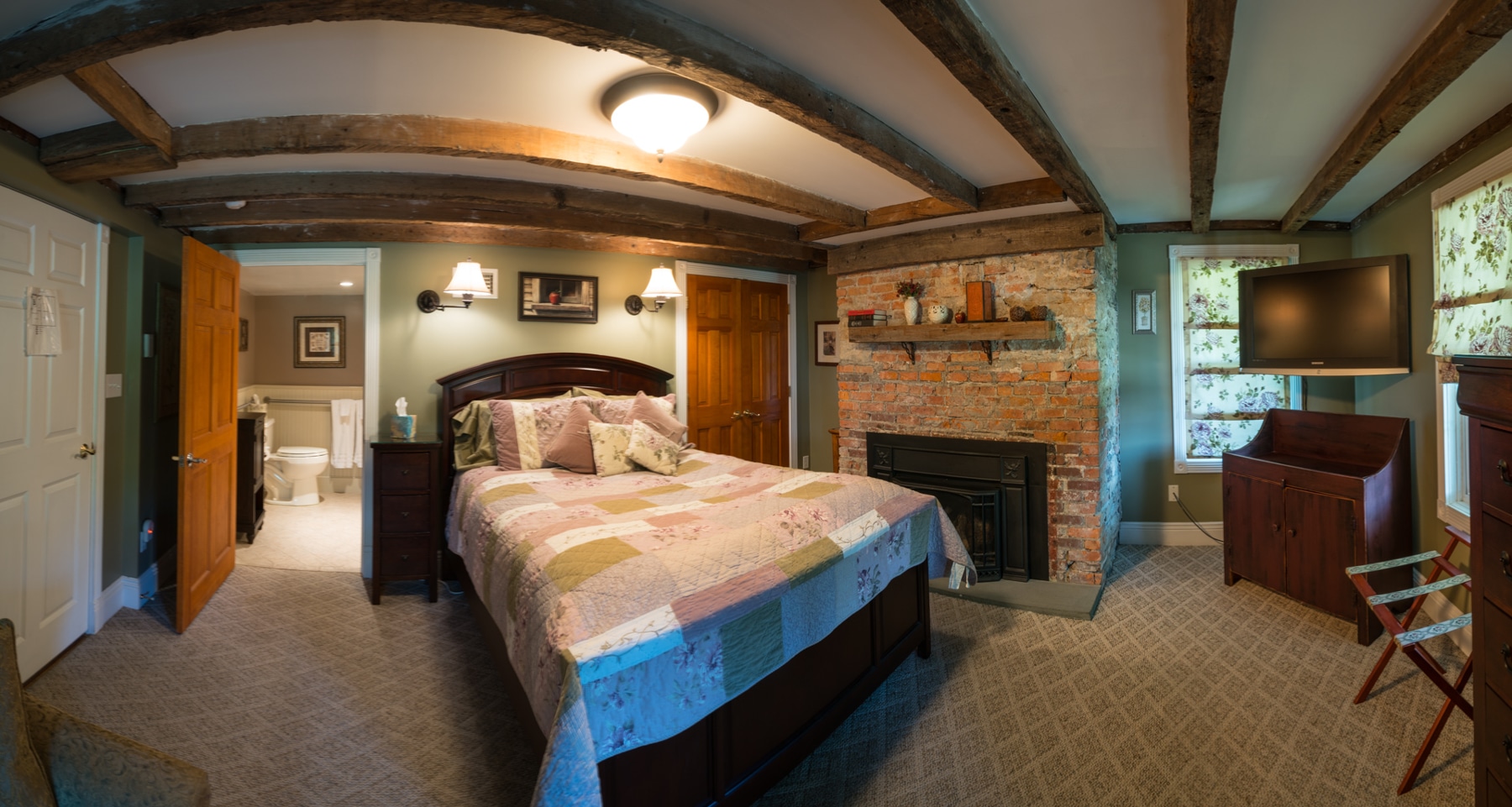






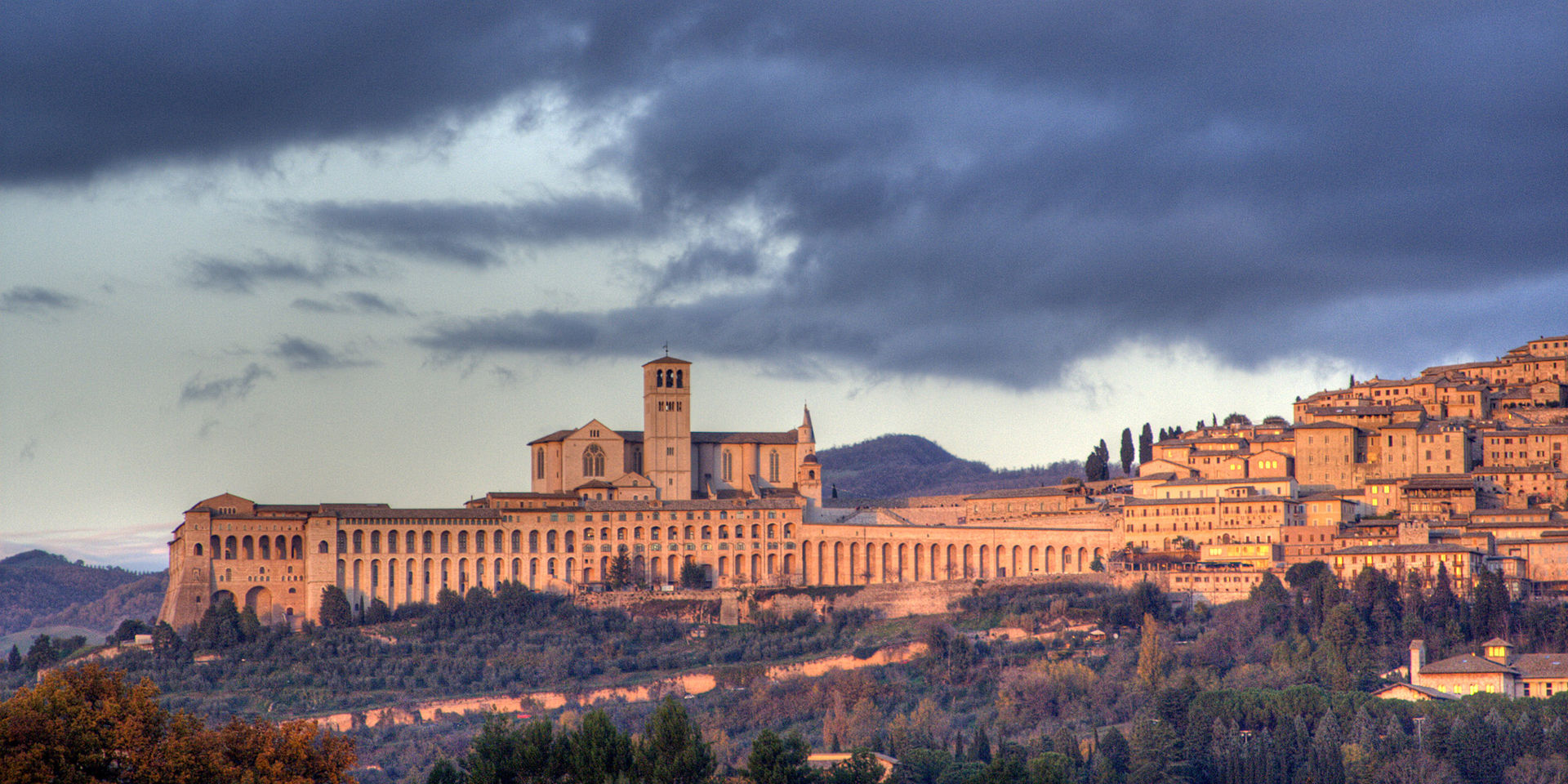
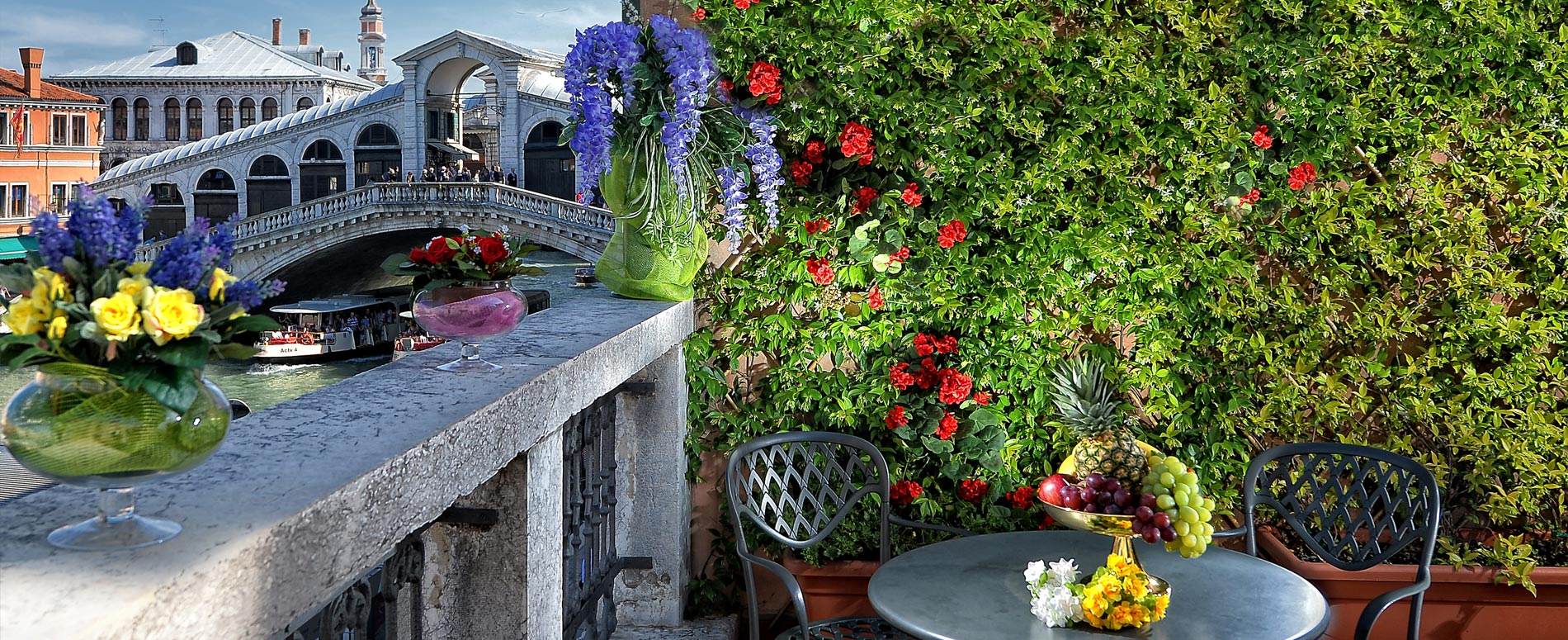






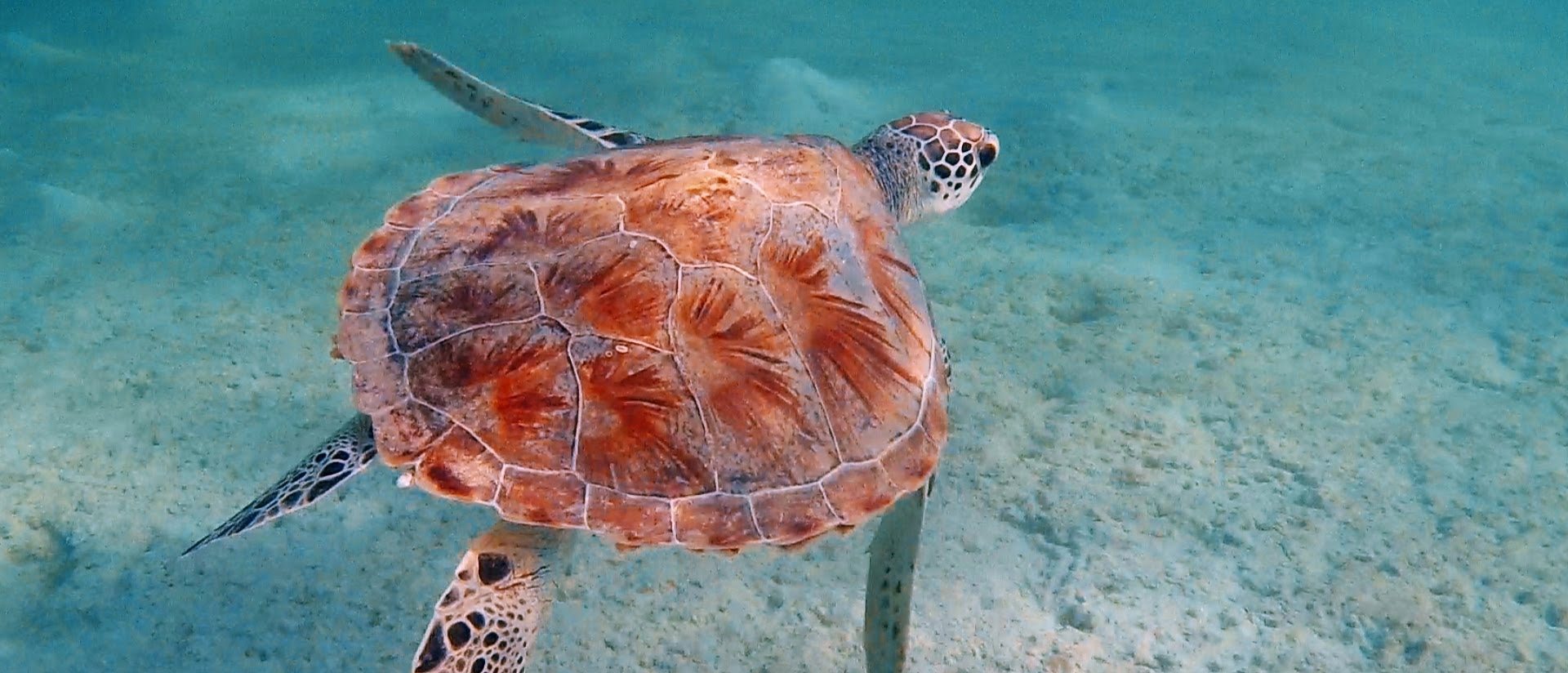

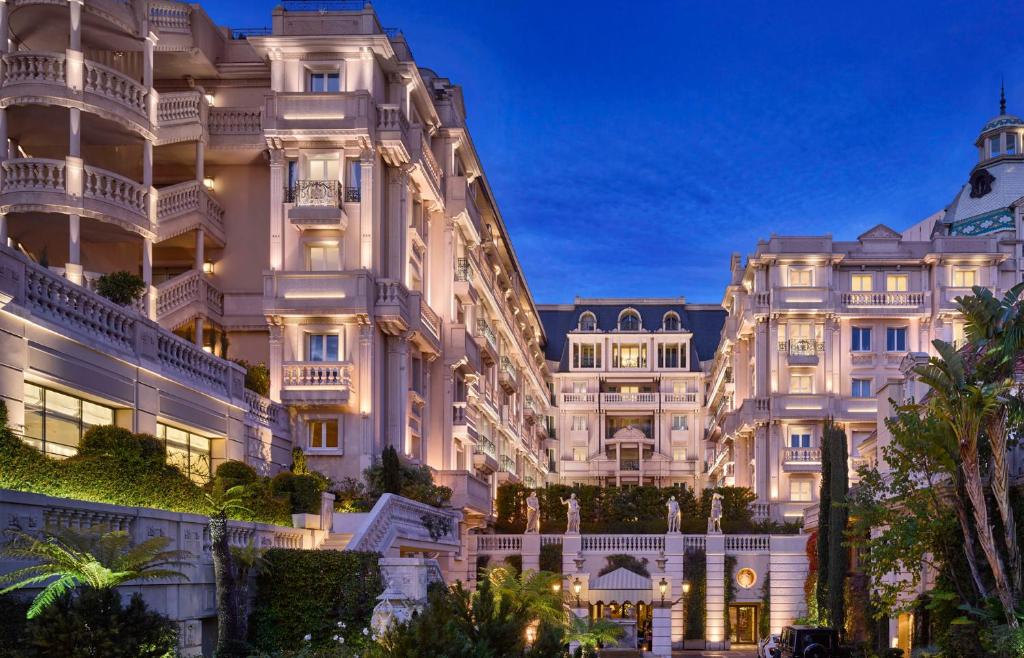

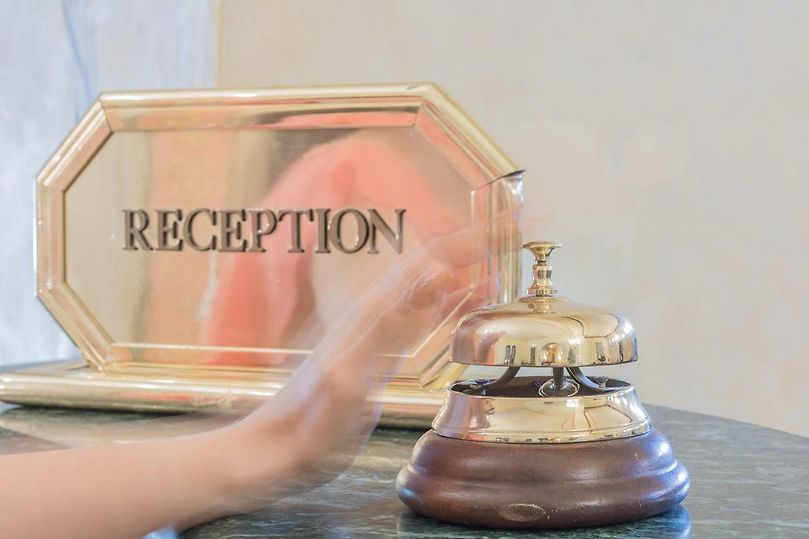

Kidd's Beach, Eastern Cape, South Africa
Agent: Cliff Jacobs - Managing Principal Estate Agent & CEO (Nat.Dpl.Hotel Man (UJ). M.P.R.E.)
Agent Cellphone: +27 (0) 84 413 1071 / +27 (0) 61 716 6951
Agent Office Number: +27 (0) 84 413 1071
Agent Email Address: cliff@exquisitehotelconsultants.com
Type: Hospitality Project
Bedrooms: 0
Bathrooms: 0
Parking: 0
Yield: Not Disclosed
TGCSA Rating:

Kidd's Beach
Kidd's Beach is a small coastal resort town in the Eastern Cape, South Africa situated on the Mkhanzi River about 28 kilometres from East London, South Africa. The name "Mkhanzi" is derived from the Xhosa word "umkhanzi", which means "bulrush", or Typha capensis. Kidd's Beach was named after Charles Kidd, who was the mayor of nearby King William's Town in the 1860s.
Eastern Cape Province
The Eastern Cape is one of the provinces of South Africa. Its capital is Bhisho, but its two largest cities are East London and Gqeberha.
The second largest province in the country (at 168,966 km2) after Northern Cape, it was formed in 1994 out of the Xhosa homelands or bantustans of Transkei and Ciskei, together with the eastern portion of the Cape Province. The central and eastern part of the province is the traditional home of the indigenous Xhosa people. In 1820 this area began to be settled by Europeans who originally came from England and some from Scotland and Ireland.
Since South Africa's early years, many Xhosas believed in Africanism and figures such as Walter Rhubusana believed that the rights of Xhosa people and Africans in general, could not be protected unless Africans mobilized and worked together. As a result, the Eastern Cape is home to many anti-apartheid leaders such as Robert Sobukhwe, Oliver Tambo, Nelson Mandela, Walter Sisulu, Winnie Mandela, Govan Mbeki, Alfred Xuma, Cecilia Makhiwane, Noni Jabavu among others. It is also home the then young Thabo Mbeki, Chris Hani, Bantu Holomisa, Steve Biko, musicians Miriam Makeba, Madosini and Zahara as well as historical figures such as Rev. Tiyo Soga, Samuel Mqhayi, Mongezi Sifika wa Nkomo, Enoch Sontonga and Jotello Festiri Soga.
History
The Eastern Cape as a South African Province came into existence in 1994 and incorporated areas from the former Xhosa homelands of the Transkei and Ciskei, together with what was previously part of the Cape Province. This resulted in several anomalies including the fact that the Province has four supreme courts (in Makhanda, Gqeberha, Bhisho and Mthatha) and had enclaves of KwaZulu-Natal in the province. The latter anomaly has fallen away with amendments to municipal and provincial boundaries.
The Xhosa Kingdom was one of the most powerful kingdoms in Africa and had all states in the Eastern Cape as tributaries. Any group, people or tribe that recognized the Xhosa Kingdom as Paramouncy became Xhosa, practiced Xhosa culture and used isiXhosa as their main language. Some of the tribes that fall under the category of Xhosa people include: AmaMpondo, AbaThembu, AmaMpondomise, AmaHlubi, AmaBhaca, AmaXesibe, AmaBomvana and more.[original research?]
European settlers
In the late 18th century the Dutch Cape Colony slowly expanded eastwards from its original centre around Cape Town. This led to the establishment in 1786 of the Dutch settlement of Graaff-Reinet – named for the Governor of the Cape Colony Cornelius Jacob van de Graaff (in office: 1785–1791) and for his wife Hester Cornelia van de Graaff (née Reynet). Later, during the Napoleonic wars of 1803–1815, Britain took control of the Cape Colony (1806) and encouraged British citizens to migrate there as a means to boost the British population in the area.
From the early 1800s until the formation of the Union of South Africa in 1910, the Eastern Cape saw colonisation by British migrants. English settlers established most of the towns, naming them either for places in England or for the original founders. British colonisation saw schools, churches, hospitals, town centres and government buildings built to speed up development. Some of the older European settlements include: Makhanda (1812), Gqeberha (1820), Salem (1820), Bathurst (1820), East London (1836), Paterson (1879), Cradock (1814) and Qonce.
Demographics
The population of Eastern Cape Province is 6,562,053, of whom 86.3% are Black, 8.3% are Coloureds, 4.7% are White and 0.4% are Indian/Asian. A large majority of people in the province are Xhosa, with 78.8% of residents in Eastern Cape identifying as Xhosa as of 2011. Unlike most of South Africa the White population is overwhelmingly of British descent. Roughly 279,000 out of 310,000 White South Africans in Eastern Cape are English-speakers of British descent while only about 10% of Whites in the province are of Boer/Afrikaner ancestry. Eastern Cape is one of only two provinces in South Africa where British descended Whites outnumber Boers/Afrikaners, the other being Kwazulu-Natal. Gqeberha is the largest city in Eastern Cape Province.
Geography
The Eastern Cape gets progressively wetter from west to east. The west is mostly semiarid Karoo, except in the far south, which is temperate rainforest in the Tsitsikamma region. The coast is generally rugged with interspersed beaches. Most of the province is hilly to very mountainous between Graaff-Reinet and Rhodes including the Sneeuberge (English: Snow Mountains), Stormberge, Winterberge and Drakensberg (English: Dragon Mountains). The highest point in the province is Ben Macdhui at 3001 m. The east from East London and Komani towards the KwaZulu-Natal border – a region known previously as Transkei – is lush grassland on rolling hills, punctuated by deep gorges with intermittent forest.
Eastern Cape has a coast on its east which lines southward, creating shores leading to the south Indian Ocean. In the northeast, it borders the following districts of Lesotho:
Domestically, it borders the following provinces:
Climate
Climate is highly varied. The west is dry with sparse rain during winter or summer, with frosty winters and hot summers. The area Tsitsikamma to Makhanda receives more precipitation, which is also relatively evenly distributed and temperatures are mild. Further east, rainfall becomes more plentiful and humidity increases, becoming more subtropical along the coast with summer rainfall. The interior can become very cold in winter, with heavy snowfalls occasionally occurring in the mountainous regions between Molteno and Rhodes.
Tourism
The landscape is extremely diverse. The western interior is largely arid Karoo, while the east is well-watered and green. The Eastern Cape offers a wide array of attractions, including 800 kilometres (500 mi) of untouched and pristine coastline along with some particularly splendid beaches, and "big-five" viewing in a malaria-free environment.
The Addo Elephant National Park, situated 73 kilometres (45 mi) from Gqeberha, was proclaimed in 1931. Its 743 km² offers sanctuary to 170 elephants, 400 Cape buffalo and 21 black rhino of the very scarce Kenyan sub-species.
The province is the location of Tiffindell, South Africa's only snow skiing resort, which is situated near the hamlet of Rhodes in the Southern Drakensberg. It is on the slopes of Ben Macdhui, the highest mountain peak in the Eastern Cape (3001 m).
The National Arts Festival, held annually in Makhanda, is Africa's largest cultural event, offering a choice of the very best of both indigenous and imported talent. Every year for 11 days the town's population almost doubles, as over 50,000 people flock to the region for a feast of arts, crafts, music and sheer entertainment.
Jeffreys Bay is an area with some of the country's wildest coastline, which is backed by some of Africa's most spectacular sub-tropical rainforest. The waters here are noted for having "supertubes", good waves for surfing.
Aliwal North, lying on an agricultural plateau on the southern bank of the Orange River, is a popular inland resort known for its hot springs.[citation needed]
The rugged and unspoilt Wild Coast is a place of spectacular scenery. The coastal areas have been a graveyard for many vessels.
Whittlesea, Eastern Cape, situated in the Amatola Mountains, is known for the first wine estate in the province.
Qonce, Alice, Komani, Makhanda, Cradock and Fort Beaufort offer some of the best colonial architecture of the 19th century in the province. One is spoilt to choose between two major cities lining the coast, East London and Gqeberha.
Economy
The Eastern Cape is the poorest province in South Africa and has the highest expanded and official unemployment rate in the country. Subsistence agriculture predominates in the former homelands, resulting in widespread poverty. A multi billion Rand industrial development zone and deep water port are being developed in Coega to boost investment in export-oriented industries. Overall the province only contributes 8% to the national GDP despite making 13.5% of the population. The real GDP of Eastern Cape stands at an estimated R230.3billion in 2017, making the province the fourth largest regional economy in SA ahead of Limpopo and Mpumalanga.
Agriculture
There is much fertile land in the Eastern Cape, and agriculture remains important. The fertile Langkloof Valley in the southwest has large deciduous fruit orchards. In the Karoo there is widespread sheep farming.
The Alexandria-Makhanda area produces pineapples, chicory and dairy products, while coffee and tea are cultivated at Magwa. People in the former Transkei region are dependent on cattle, maize and sorghum-farming. An olive nursery has been developed in collaboration with the University of Fort Hare to form a nucleus of olive production in the Eastern Cape.
Domestic stock farming is slowly giving way to game farming on large scale. Eco-tourism is resulting in economic benefits, and there is lower risk needed to protect wild, native game against drought, and the natural elements. Habitat loss and poaching pose the greatest problems.
The area around Stutterheim is being cultivated extensively with timber plantations.
The basis of the province's fishing industry is squid, some recreational and commercial fishing for line fish, the collection of marine resources, and access to line-catches of hake.
Industry
With three import/export harbours and three airports offering direct flights to the main centres, and an excellent road and rail infrastructure, the province has been earmarked as a key area for growth and economic development in modern South Africa.
The two major industrial centres, Gqeberha and East London have well-developed economies based on the automotive industry. General Motors and Volkswagen both have major assembly lines in the Gqeberha area, while East London is dominated by the large DaimlerChrysler plant, now known as Mercedes-Benz South Africa.
Environmental-friendly projects include the Fish River Spatial Development Initiative, the Wild Coast SDI, and two industrial development zones, the East London Industrial Development Zone and the Coega IDZ near Gqeberha. Coega is the largest infrastructure development in post-apartheid South Africa. The construction of the deepwater Port of Ngqura was completed and the first commercial ship anchored in October 2009.
Other sectors include finance, real estate, business services, wholesale and retail trade, eco-tourism (nature reserves and game ranches) and hotels and restaurants.
Summary
This 150-room hotel will include a restaurant, a conference centre for up to 250 delegates, as well as a luxury spa.
The Kidd's Beach Hotel will be situated on 2.69 Ha of land close to the beach and Golden Mile (luxury beach mansions).
Kidd's Beach Hotel will offer accommodation with panoramic views of the surrounding countryside and ocean. This 4-star hotel will feature a restaurant, two bars and a variety of conference facilities. Elegant rooms and suites will feature classic decor with seating areas and satellite TV. Rooms will be complete with mini-bar and tea and coffee making facilities. Each private bathroom is provided with slippers, bathrobes and free toiletries.
Guests will be able to enjoy local and international dishes at the hotel restaurant. Beverages and light lunches will also be served whilst relaxing in one of the two lounges and bars or at the outside BOMA.
The Hotel will feature a fitness centre, outdoor pool and kids play area. A Luxury Spa is also planned for the hotel giving clients a memorable experience.
Location
Kidd's Beach Hotel is located a short 20km’s drive from East London Airport on the national R72.
Hotel Amenities
Conferencing & Events
The Kidd's Beach Hotel Conferencing Centre will incorporate an events and functions division to provide a variety of services including corporate functions, meetings or year-end functions. This multi-purpose venue can be customised to suit individual corporate requirements.
Restaurant
Guests will be able to enjoy local and international dishes at the hotel restaurant. Beverages and light lunches will also be served whilst relaxing in one of the two lounges and bars or at the outside BOMA.
Other Activities
Developments
Retail Centre
The first phase of the Kidds Beach Retail Centre is complete with 3357m² of retail space. The Centre hosts 14 stores including National Grocery outlet and OK Foods and DIY Depot Hardware as anchor tenants. The Shopping Centre is open 7 days a week with future expansions planned.
Private Primary and High School
St Christopher School is a modern private school for both primary and secondary learners. This project is financed through the Old Mutual and PIC (Public Investment Corporation) school fund and investors. The Primary School opened its doors in January 2018 with a total of 397 pupils enrolled in 2019.
High Performance Sports Centre
In partnership with ex Springbok Rugby Player, Tim Dlulane, a state of the art high performance sports centre will be a first for the province. The Sports Centre will include a variety of sports codes including an athletics track, hockey, soccer and indoor swimming. A sports science and medical unit is also planned for the Sport’s Centre.
Office Parks and Commercial Area
The Kidd's Beach Green Estate has made ample provision for the design of modern Office Parks, along with planned areas specifically catering for light industrial work and commercial zoned area.
Private Hospital
A Private Hospital and Doctors rooms will be part of the developments ongoing planning. The Private Hospital anticipated in the near future will provide 130 rooms, two theatres along with a frail care facility.
Residential Developments
Umlele Heights
One of our first estates, Umlele Heights is a community consisting of approximately 650 freehold homes, of which 180 homes are complete and occupied. These 60m2 – 90m2 homes proved popular with open plan living areas, choice of three sizes and yard space.
Umlele Terraces
Umlele Terraces falls within the second phase of Umlele Heights consisting of approximately 450 Sectional title Apartments of which the first 98 homes have been 48 constructed and occupied. Due to the popularity of sectional title apartments allowing for minimal maintenance and excellent investment opportunities, we foresee all 450 units to be sold out quickly.
Umlele Springs
Umlele Springs is an affordable first-time home owner’s choice following the success of Umlele Heights. Umlele Springs will consist of a total of 300 units, of which the first phase of 72 homes have been sold and constructed. The next 63 homes are currently on sale and construction will commence soon.
Impangele Estate
Clients looking for upmarket family homes are able to purchase within Impangele Estate, with exclusive design options, upmarket finishes and a private park in excess of 6800m2 for residents to enjoy. Impangele Estate will consist of a total of three phases, with a total of 351 Freehold homes available for the market. Phase one and two are currently under construction and our show house is available to view.
The Village
Large spacious plots and modern select house types sets The Village apart from the rest. Consisting of multiple phases, the Village provides bigger erven that caters for a higher income group. A plot and plan option gives clients the opportunity to build custom designed homes with assistance from our in-house architecture department. The first phase of The Village will provide a total of 109 property opportunities, of which 60% is currently sold. Phase three and four will provide a further 280 homes.
The Golden Mile
The Golden Mile, still in concept stage, will feature 150 large luxury mansions. The location of the Golden Mile is strategically located on natural dune and will provide 150 prime beach front properties. The Golden Mile is in close proximity to surrounding attractions including the 4 star Kidd's Beach Hotel and Conference Centre. 110 Luxury beach apartments will enjoy panoramic sea views.
Extract from 2018 De Leeuw Valuation
Realistic market price based on value already added to Kidds beach is R20 Million.
Valuation Analysis
We understand that there have been some expressions of interest from hotel groups, especiallly where conferencing is included, but nothing tangible at this stage.
Short-stay Market Potential Assessment
The market demand estimations are calculated for the short-stay accommodation market and auxiliary facilities. The share anallysis refers to expected market share generated according to the capacity provided.
Table 6: Market Demand Estimations - cumulative
Hotel Keys
Conference Seats
Restaurant Seats
In terms of the market development potential, the following is recommended:
Current demand - all other factors being equal - warrants a facility of approximately 50 keys. The magnitude of current demand is a reflection of current perceptions of the area. In order to increase area potential and tap into a larger regional captive market, substantial capital investment will be required.

Cliff Jacobs (Nat Dpl Hotel Man (UJ). MPRE. GA Level 5 TEFL) Managing Principal / CEO Exquisite Hotel Consultants (Pty) Ltd Mobile: +27 (0) 84 413 1071 / +27 (0) 61 716 6951 Email: cliff@exquisitehotelconsultants.com Web: https://www.exquisitehotelconsultants.com © All rights reserved Terms and Conditions apply Scroll down to view our Hospitality Properties and Businesses for sale or lease or lease-to-buy or partnership arrangement or management agreement arrangement.